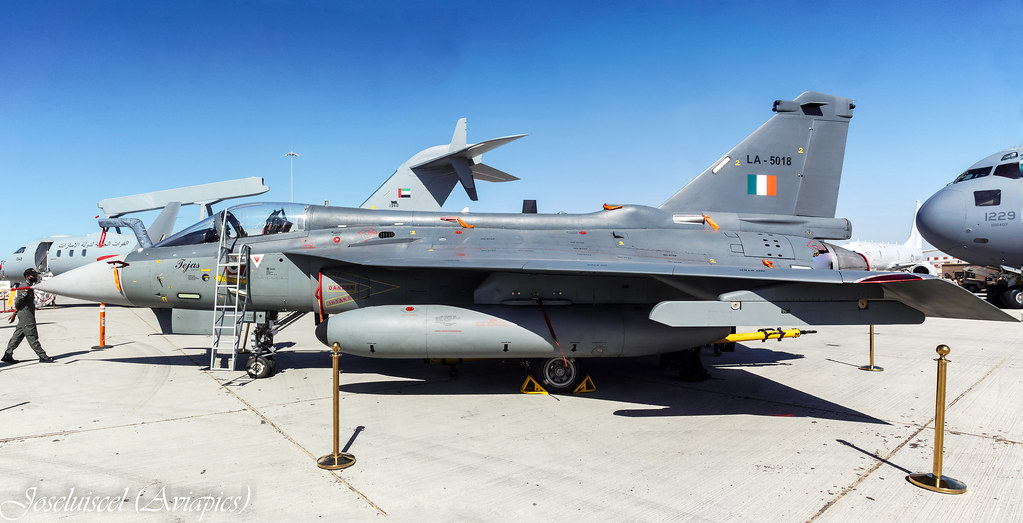Context:
The first fighter plane of LCA Tejas Mark-1A, has completed its maiden flight.
More on the news
- The first aircraft LA5033 of the Tejas Mk1A series successfully soared in the sky after taking off from the Hindustan Aeronautics Limited (HAL) facility in Bengaluru.
- This Aircraft is manufactured by the Defence Public Sector Undertaking (PSU) Hindustan Aeronautics Limited (HAL) under its Bengaluru-based DRDO lab Aeronautical Development Agency (ADA).
- HAL’s original plan was to go straight for a Tejas Mk-2, but this meant structural changes to the fighter, which would take more time. Instead, the IAF decided to go in for Mk-1A with four major improvements.
Hindustan Aeronautics-Indian Air Force Defence deal
- Indian Air Force signed the deal with Hindustan Aeronautics (HAL) for 73 Tejas Mk 1A aircraft with advanced features, and 10 LCA Tejas Mk-1 Trainer aircraft (total of 83) under Rs 46,898 in February 2021. It is probably one of the biggest ‘Make in India’ defence contract till date.
- HAL now has begun delivery of 83 Tejas Mk-1A in the March 2024-Feb 2028 timeframe.
- It is the first “Buy (Indian-Indigenously Designed, Developed and Manufactured)” category procurement of combat aircraft with an indigenous content of 50% which will progressively reach 60% by the end of the programme.
What’s new in Tejas MK-1A?
- A digital radar warning receiver
- A superior AESA (active electronically scanned array) radar
- Advanced beyond-visual-range (BVR) air-to-air missiles
- External self-protection jammer pods
- Air to Air Refuelling (AAR)
About Tejas
- Named ‘Tejas,’ which translates to ‘radiance’ in Sanskrit, by Prime Minister Atal Bihari Vajpayee in 2003
- It is the second supersonic fighter jet developed by HAL after the HAL HF-24 Marut (“Spirit of the Tempest”).
- It is the lightest and smallest indigenous 4.5 generation, all-weather multi-role supersonic fighter aircraft in its category, designed to accommodate various types of weaponry.
- It is a single-seater fighter aircraft, and the Air Force also operates a twin-seat trainer variant. The Indian Navy also operates the twin-seater variant.
- The Light Combat Aircraft (LCA) programme was started by the Government of India in 1984 when they established the Aeronautical Development Agency (ADA) to manage the LCA programme to succeed the ageing Russian Mig 21 fighter jets. Later, In 2003, the Light Combat Aircraft program was named ‘Tejas’.

